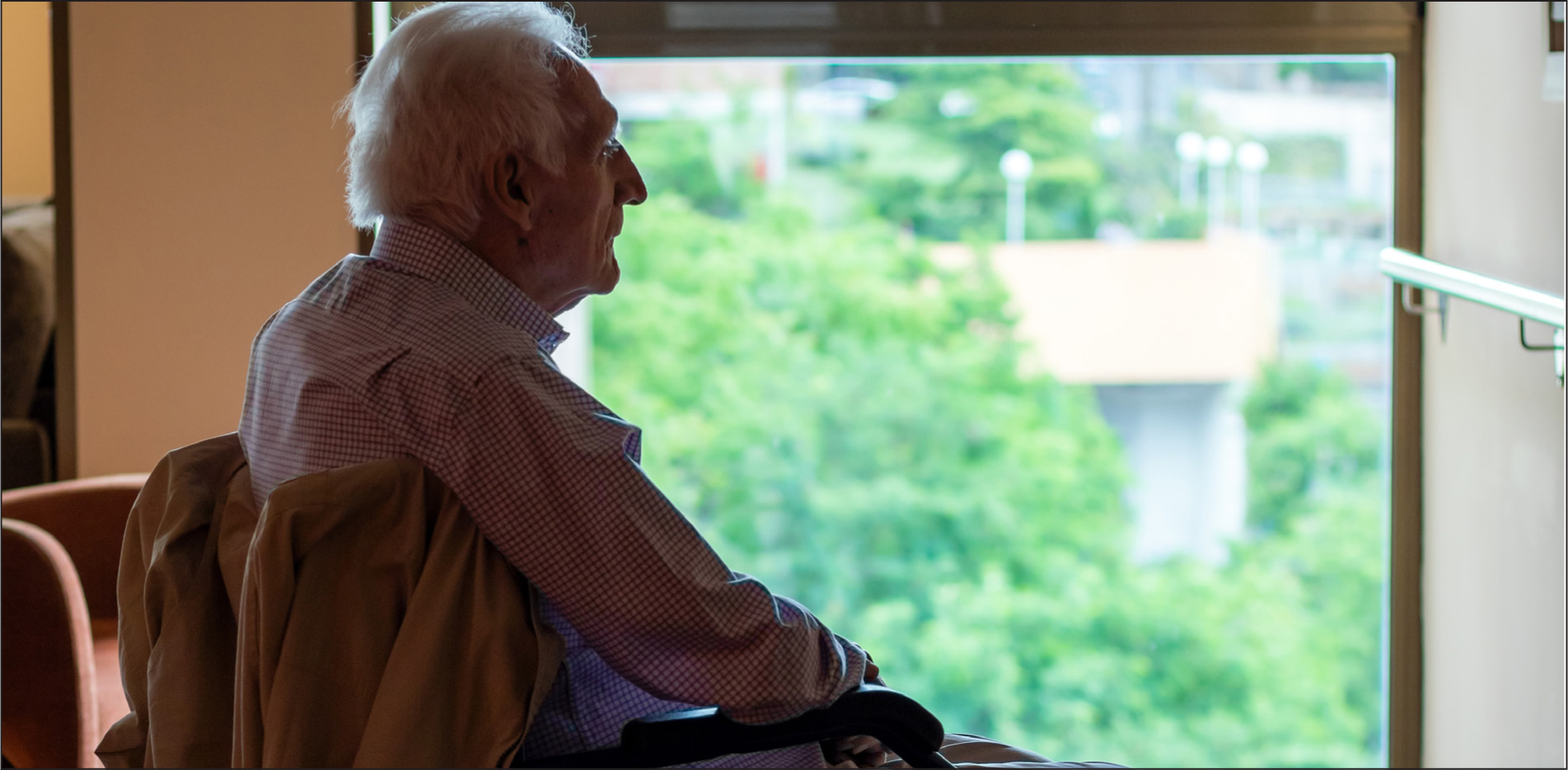Reports from the Office for National Statistics (2018) suggest the UK has the highest rates of loneliness when compared to the rest of the European Union. Rubin (2023) has reported that 28% of seniors in the US live alone; this equates to 14.7 million people, of which 9.7 million are women. In the UK, Beach and Bamford (2014) have put the spotlight on the population of older men which they see as growing faster than women, and while 911 000 are living alone, this figure is set to rise to 1.5 million by 2030. These figures highlight the mismatch between policy to tackle loneliness and the need for service provisions that are gender-neutral. Current policies ignore the fact that men and women experience social isolation in different ways. In the same vein, it is well-documented that men are less likely than women to seek and access medical services on offer. Beach and Bamford (2014) reported that males were more prone to loneliness than females. They reported that around 1.2 million men over 50 years (14%) experienced a moderate-to-high degree of social isolation. However, of interest here is the other finding from this report that nearly 4.2 million men over 50 years (48%) experienced some degree of loneliness. From this, two points emerge:
- Men who are 50 years and over also commonly present with palliative care needs
- There is a difference between isolation and loneliness, which community health care professionals (CHCPs) need to be aware of in their assessment and care provision.

The central point here is not to confuse the two constructs and start using them interchangeably, as most definitions confirm. Admittedly, although loneliness and isolation are similar conceptually, they are inherently different in what they purport to address. For example, isolation denotes being alone without anyone else with you, thereby focussing on the lack of physical presence of another human being (Tzouvara et al, 2015). One might choose to be alone and it is a controllable situation where one is conscious of it and may not always feel lonely. However, loneliness is viewed as negative and uncontrollable. Judging by the numerous definitions of loneliness, it is clear that this is an elusive phenomenon to define. The key essence is that loneliness involves lack of psychological connectedness with another ‘being’, resulting in psychological and emotional distress. This ‘other being’ could be an emotional relationship that one forms with a partner, pet, higher power or one's success. By extension, loneliness can result from inequality, being disadvantaged, discriminated against, as well as due to a lack of control, independence and choice/options. Most people would recognise these in their workplace and social environments. However, some of these factors are synonymous with feelings patients experience in end-of-life care and it is important that as CHCPS, we appreciate this elusive phenomenon and its impact on the patients we care for. A key point is how people feeling estranged from others and being misunderstood can both lead to feelings of loneliness. In palliative and end-of-life care, the potential for misunderstanding or being misunderstood is real; therefore, it is critical that our communication skills are refined and advanced.
Patients who see no viable option will see death as imminent. Such patients may not be able to communicate their feelings to others; they may feel that staff do not understand the context of their situation. Uncontrolled symptoms of a psychological or spiritual nature, as well as losing their independence and sense of purpose, all lead to loneliness (Tzouvara et al, 2015). Society must first understand loneliness, and then dismantle its structural determinants.
Lessons learned
While it is clear from the literature that policies and interventions focus on patients and older people who are alone, there is a paucity of strategies to ‘tackle’ loneliness. The obvious misconception is that strategies developed for those who are alone are mistakenly deemed to also alleviate loneliness. Rubin (2023) quotes from a 2021 survey:
“Before the pandemic I felt lonely. During the pandemic there was a reason or excuse to be lonely. Now that a lot of the restrictions are lifted, there's no excuse to feel lonely. It's made me realize how alone I really am.”
The point is, loneliness is a global issue and we need to find different strategies for both men and women. As CHCPs, we are not immune to loneliness in the workplace. In the community, we have an opportunity to understand and then make a difference for all we care for. Finally, we need to continue talking about and discussing loneliness as a society, and formulate effective plans to tackle this debilitating phenomenon for patients.


